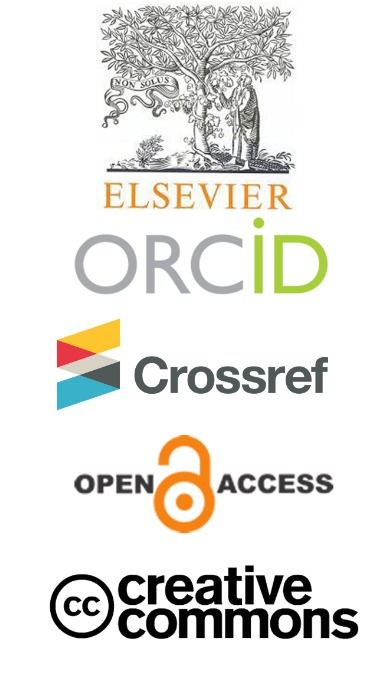Argumentative Indicators and Moves in Selected American Police Interrogations
Abstract
The present study investigates the role of argumentative moves and indicators in two American police interrogations with two suspects: George Huguely and Bryan Greenwell. The study aims at identifying argumentative moves and indicators and their functions, and the most and least exploited argumentative indicators utilized by American police and suspects. In association with aims, the study sets out two hypotheses: 1) each stage has a specific set of indicators that are utilized rather than others. For instances, request for clarification and dispute indicators mark the confrontation stage. 2) argumentative indications vary in frequency depending on the functions they fulfill. The most frequent argumentative indicator of the confrontation stage utilized by American police, for example, is request for clarification to elicit information; while the least frequent argumentative indicator is semiassertive to express an opinion. The most frequent argumentative indicator used by the American suspects is strong assertive to express an opinion; while the least frequent is dispute indicator to deny a standpoint. To achieve the aims and verify these hypotheses the study adopts the model of critical discussion by (van Eemeren, Houtlosser, & Henkemans, 2007). Based on the findings the study concludes not all the argumentative indicators explained in the model are found in police interrogations. This type of discourse requires a specific set of indicators in each stage as follows: The confrontation stage includes request for justification, request for clarification, strong assertive, weak assertive, semi-assertive and doubt indicators, the opening stage is marked by challenge to defend standpoint, acceptance of the challenge, and agreement and disagreement with the other arguer's proposition, the argumentation stage comprises coordinative and subordinative arguments and the concluding stage encompasses withdrawal of standpoint and maintenance of an opinion. Requests for clarification, agreement with the opposing arguer's proposition, coordinative arguments, and indicators of maintenance are the most frequent argumentative indicators utilized by American police, while the least frequent argumentative indicators utilized by American police are strong assertives, challenges to defend a position, subordinative argument, and elimination of suspicion. Strong assertives, denying the other arguer's proposition, subordinative argument, and acceptance of the other arguer's proposition are the most prominent argumentative indicators used by American suspects, while semi-assertives, acceptance of the burden of proof, coordinative indicators, and non-acceptance of a proposition are the least frequent argumentative indicators employed by American suspects.



